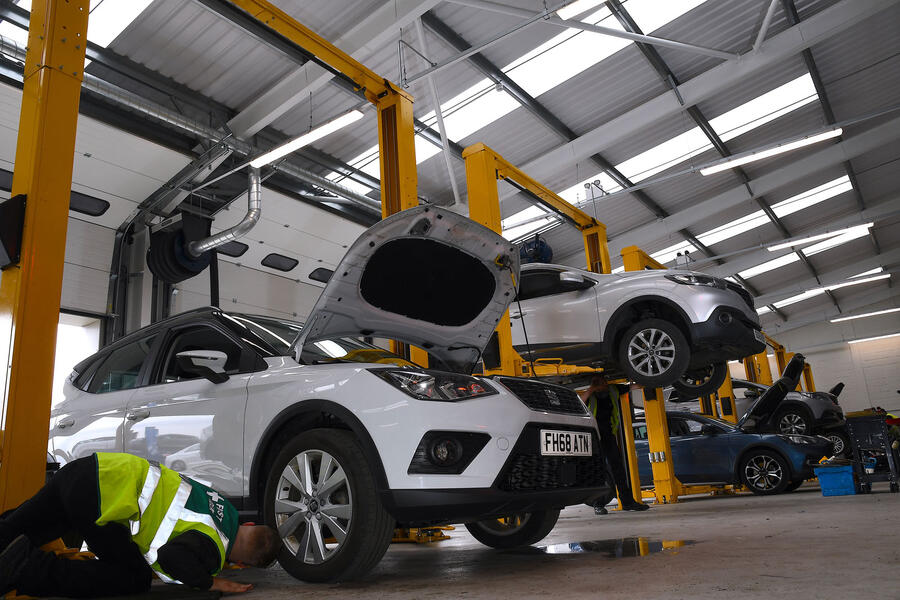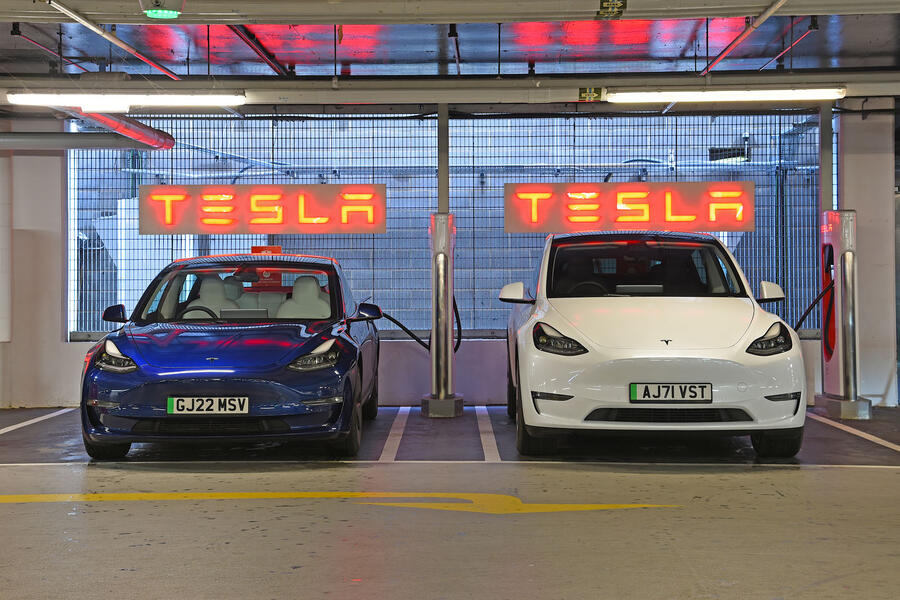Electric vehicles may not be cheaper to repair and maintain than internal-combustion-engine equivalents in every case, according to real-world fleet data.
EVs are often claimed to trump ICE cars on servicing, maintenance and repair (SMR) costs, but analysis by e-commerce firm Epyx, which specialises in facilitating SMR transactions for fleets, has revealed circumstances in which they fare both better and worse in similar types of usage, along with variations by model.
The firm compared a series of equivalent EVs and ICE cars across three metrics: the number of visits to service outlets, the number of days off the road due to SMR issues and workshop costs (including tyres and repairs).
The first example was a common fleet hatchback on a three-year, 25,000-30,000-mile cycle. The EV averaged 5.7 visits to service outlets, 3.2 days off the road and workshop costs of £431. Across the same three metrics, the petrol version averaged 5.0 service visits, 4.5 days off the road and workshop costs of £412. Epyx said there were “no obvious EV benefits” in this case.
The second comparison was a large prestige SUV from a major manufacturer at two years old and 20,000-30,000 miles. The EV averaged 3.4 days off the road, 4.1 service visits and workshop costs of £645. The petrol averaged 4.9 days off the road, 4.0 service visiits and workshop costs of £996. The firm described the EV as “superior” in the former two areas and both models as “comparable” in the latter.
The final example was a van in electric and diesel guises over a three-year, 25,000-30,000-mile cycle. The EV averaged 5.7 service visits, 2.2 days off the road and workshop costs of £239. The diesel averaged 5.0 service visits, 2.9 days off the road and workshop costs of £522.







Add your comment